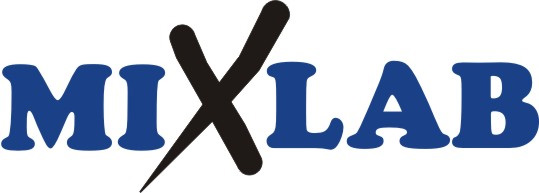A Dedicated, Aqueous High Performance Sample Introduction System (HP-SIS) for ICP-OES
The goal of Glass Expansion’s High Performance Sample Introduction System (HP-SIS) webinar series is to help your ICP laboratory make the right choice to achieve the best results and reduce both operating costs and downtime. In Part II of our HP-SIS series, we tackle how to achieve higher performance with your routine aqueous samples. When selecting our Aqueous HP-SIS, we shift our focus to obtaining the best possible sensitivity, precision, and detection limits, as we are no longer concerned with the challenges associated with sample matrices containing hydrofluoric acid (HF), volatile organic solvents, particulates, or high total dissolved solids (TDS).
In this webinar we highlight the superior performance of an Aqueous HP-SIS from Glass Expansion, compared to a standard Aqueous Sample Introduction System (SIS), using the Thermo Fisher Scientific® PRO Duo ICP-OES.
A Dedicated, HF-Resistant, High-Performance Sample Introduction System (HP-SIS) for ICP-OES
The standard sample introduction system (SIS) of your ICP determines many factors, including detection limits, precision, different matrix tolerances and cost. ICP performance can often be improved by careful choice of torch, spray chamber and nebulizer components, taking into account the type of samples that will be analyzed.
In this webinar we will highlight Glass Expansion’s new HF-Resistant High Performance Sample Introduction System (HP-SIS) for the Thermo Fisher Scientific® PRO Radial and Duo ICP-OES.
High Performance Sample Introduction System for Single Particle, Nanoparticle & Single-Cell Analysis
Glass Expansion’s sample introduction system is made up of three key components: a high efficiency nebulizer, low-volume, on-axis spray chamber and our patent pending MicroJet gas adapter. The combination of these proprietary Glass Expansion designs is what differentiates Glass Expansion’s sample introduction system from other commercially available products and provides the ability to achieve up to 95% transport efficiency in single-cell, single particle and nanoparticle studies. This presentation introduces how to optimize the Glass Expansion system and highlights the performance that can be achieved for Single Particle, Nanoparticle and Single-Cell Analyses.
Tips and Tricks: Simple Solutions for the ICP Laboratory
Presentation covering tips, tricks, and simple solutions to make life in the ICP laboratory easier. Justin Masone, Product Manager for Glass Expansion, focuses on Glass Expansion’s line of adapters, connectors, tubing, maintenance tools, and other frequently overlooked sample introduction accessories and components. Justin also highlights many of Glass Expansion’s website resources, such as maintenance and instruction guides, dilution and uptake calculators, and search features to help find the correct part for your instrument.
A Robust, High-Performance Demountable ICP Super Torch
Review of Glass Expansion’s patented demountable ICP super torch, the D-Torch, and its versatility for a wide range of ICP applications. We also cover the different torch maintenance procedures for high TDS, metals and organics.
ICP Spray Chambers 101: Selection and Maintenance Guide
Review of Glass Expansion’s spray chamber designs and some tips for improving washout of troublesome elements. We briefly highlight Glass Expansion’s unique design advantages and cover a basic application-specific selection guide. We also discuss proper spray chamber maintenance procedures for both PFA/PTFE and glass/quartz spray chambers.
ICP-MS Cones 101: Why, When and How to Maintain
Review of Glass Expansion’s high quality ICP-MS Cones, guidance on choosing the best cones to suit your application. Detailing proper maintenace procedures, cone conditioning, and the benefits of Platinum (Pt) tipped cones.
Nebulizer 101: Selection and Maintenance Guide
Review of Glass Expansion’s high quality line of nebulizers and guidance on choosing the best nebulizer to suit your application. In addition to selection, we detail nebulizer troubleshooting and maintenance procedures.


